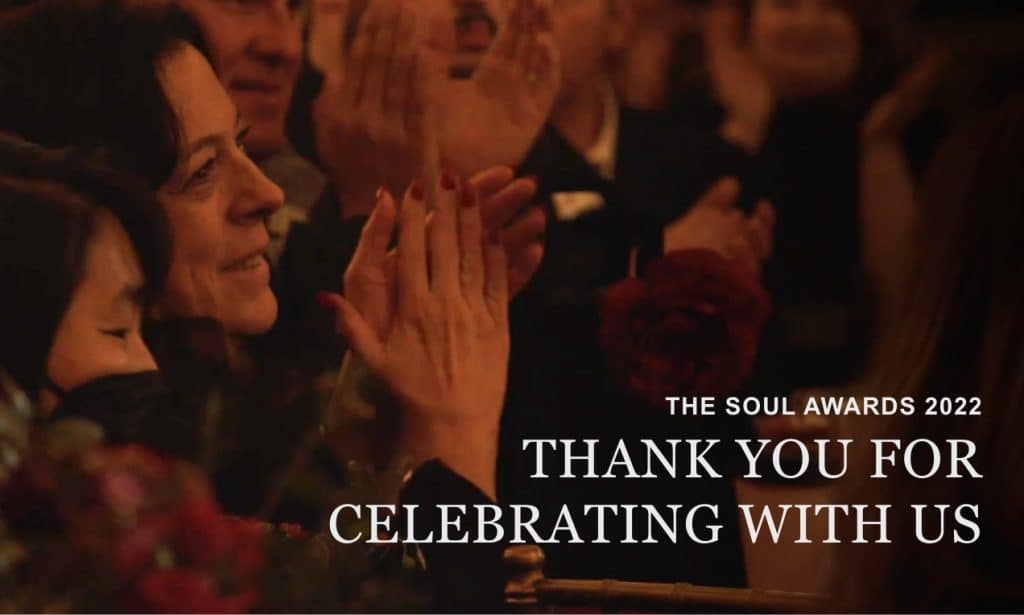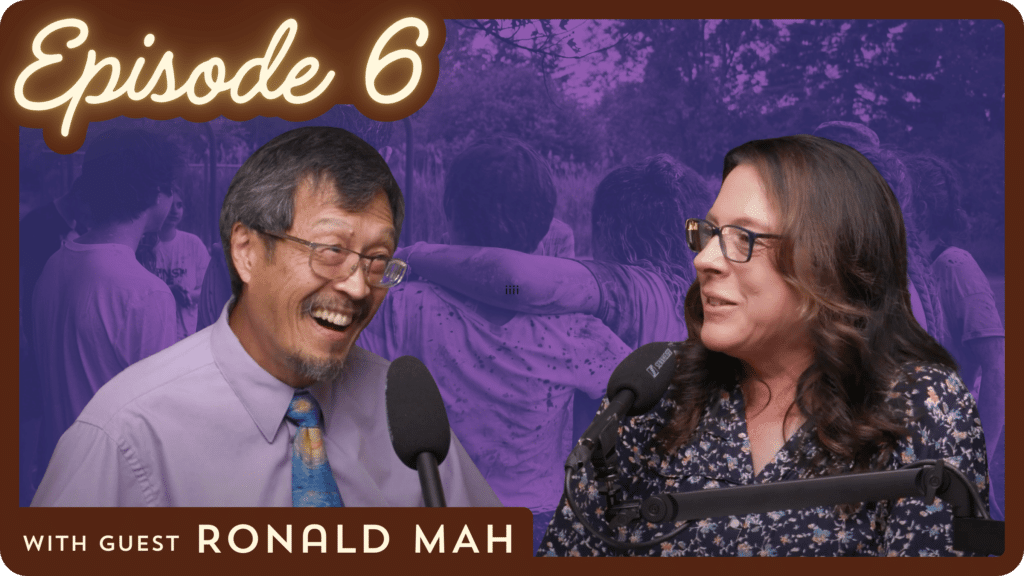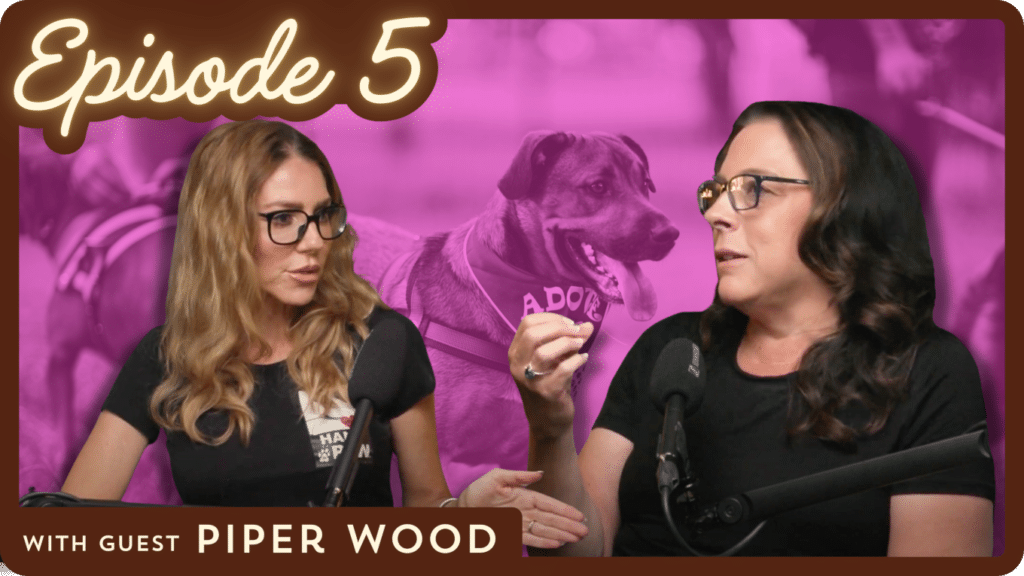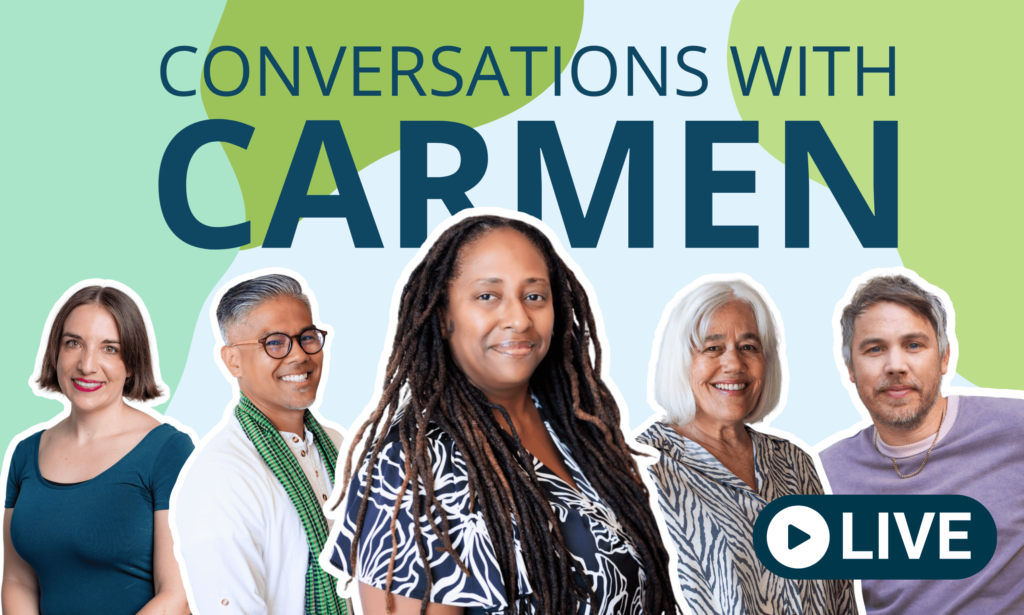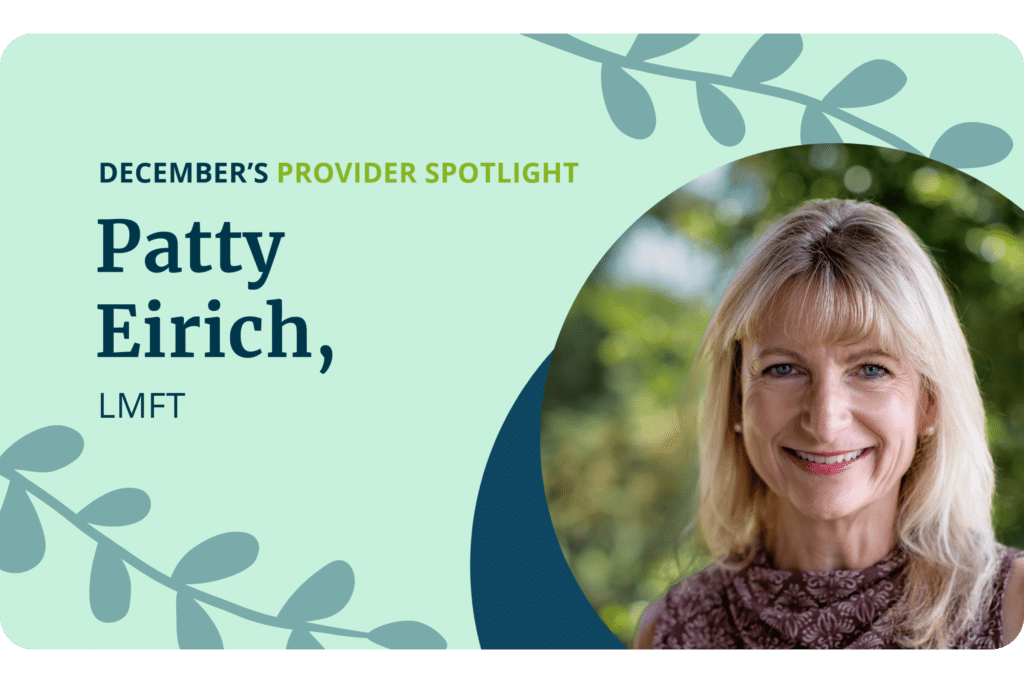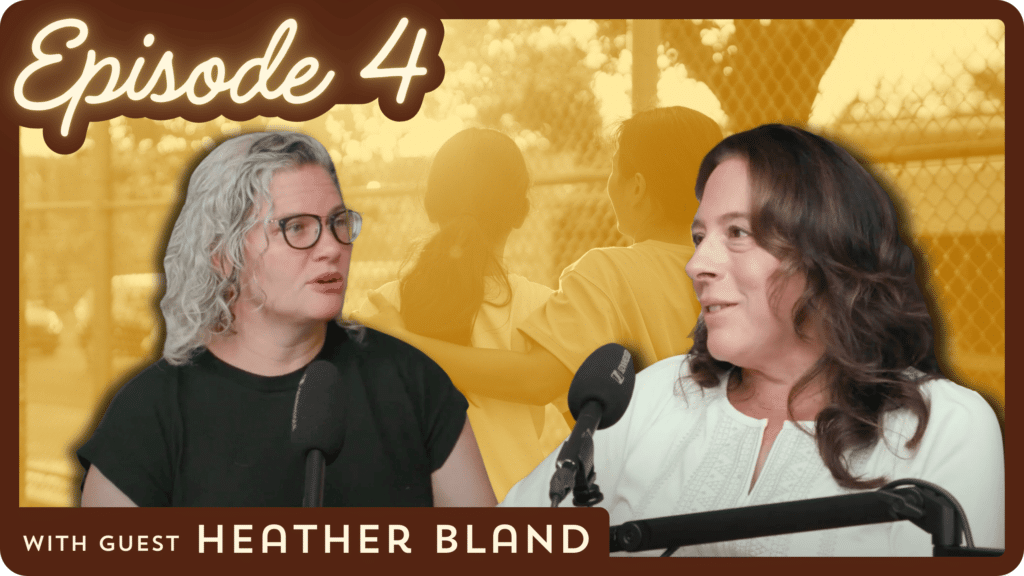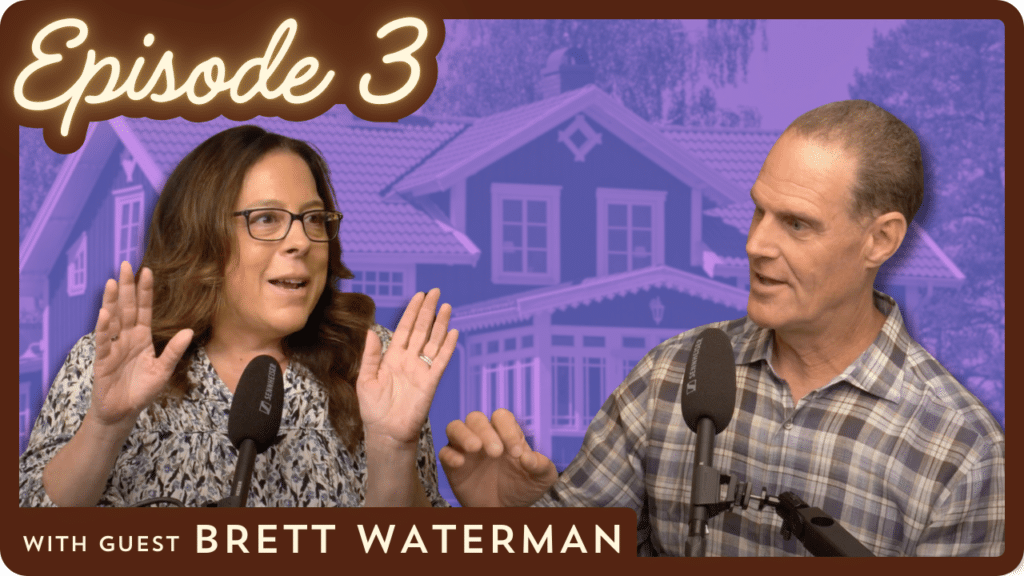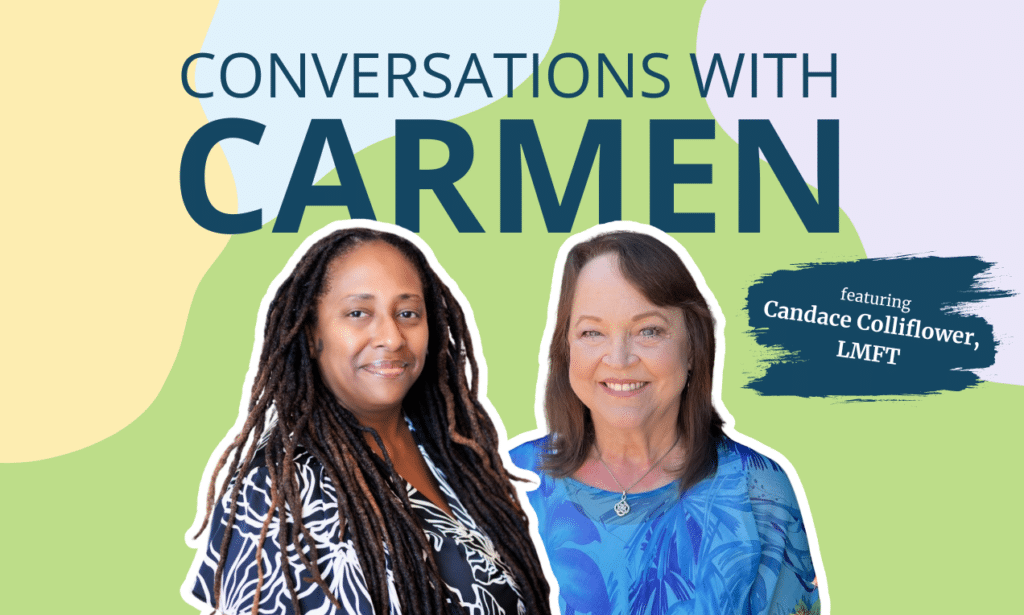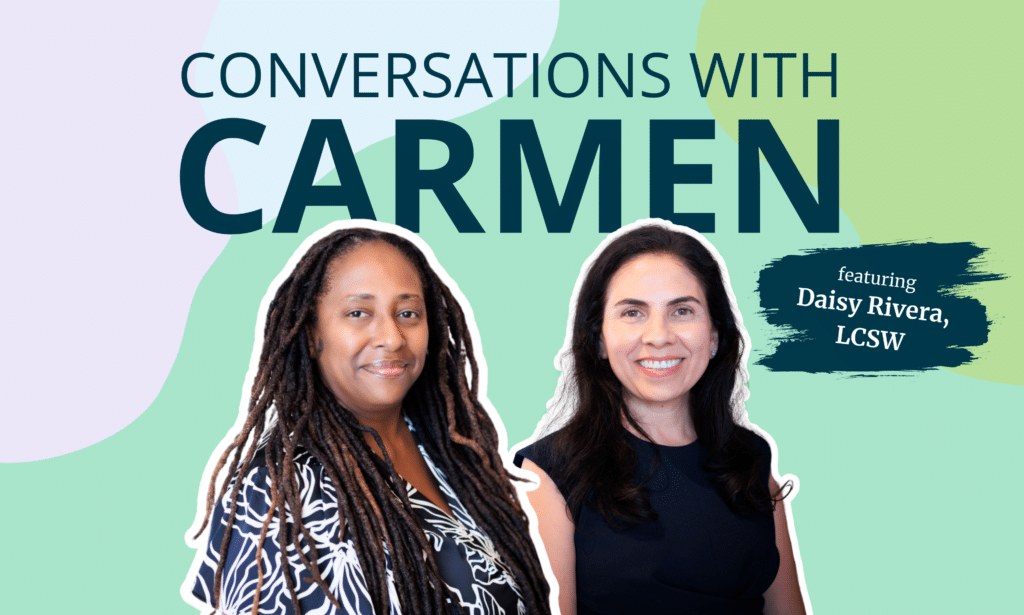Every month we highlight a provider as our Provider Spotlight. This month’s Provider Spotlight was Michael Sean Greener, LCSW. Each Provider Spotlight is interviewed by Dr. Carmen Majied for a segment called Conversations with Carmen.
In this segment, Carmen and Lauren discuss Sean’s journey through life and how he arrived at Private Practice.
Are you a native Californian? What are one or two of your most positive childhood memories?
Yes, I grew up in Covina and have lived in the San Gabriel Valley all my life. Some of my fondest childhood memories involve spending time with my extended family, including cousins and grandparents, especially during holidays and major milestones.
You shared a little bit about your affinity for music. Do you sing?; play an instrument?; compose lyrics? What can you share about that?
My primary instrument is the flute, with both my Bachelor’s and first Master’s degree being in Flute Performance. I also play the piano, sing, and have composed a few songs.
What was your college journey like? Did you know (initially) that you wanted to become a therapist? Who and/or what inspired you to pursue specialization in social work and mental health?
I didn’t initially plan to become a therapist, despite people suggesting it to me over the years. My academic journey was unconventional. I wasn’t particularly invested in high school, but I pursued music at community college because I had been studying flute for years. Surprisingly, I excelled in college and enjoyed the learning environment. I completed a BA in Music at CSULA, followed by a Master’s in Music at UCLA. After working various jobs, I earned a Master’s in Organizational Leadership while working at a university. It was during our adoption process, when a social worker suggested that I was well suited for the mental health field, that I realized my calling. I started an MSW program soon after, balancing it with full-time work and an internship.
You worked fairly extensively in Community Mental Health while gaining your clinical hours towards licensure. What were some of the client populations that you worked with along the way? What were some of the specific work settings that you gained experience in?
I worked with clients aged 5 to 21, both in schools and at an agency. My role included school-based counseling, pulling students out of class for sessions, and office-based therapy after school. I also served as the related services counselor on IEP teams for middle and elementary schools.
You joined the Soultenders provider network in 2018. What was the transition to private practice like for you?
The transition was positive and timely, as I was nearing burnout in Community Mental Health. Moving to private practice allowed me to initially have a smaller caseload and gradually increase it as I settled into the new environment.
Do you differentiate between Independent Contractor and Private Practice Owner? If so, how?
I consider myself a Private Practice owner with different streams of client referrals. Whether working as an independent contractor at Soultenders or in my own practice, I see it as part of the same overarching role.
What clients do you typically work within your practice?
I specialize in EMDR therapy and trauma-focused work but see a variety of clients. Many of my clients deal with low self-esteem and ADHD, often drawn to my practice after reading my bio and resonating with my approach. I also have ADHD, which might create a connection with clients facing similar challenges.
What advice/guidance would you offer someone who is contemplating transitioning to private practice?
Transitioning to private practice can be incredibly rewarding and a great professional development opportunity. Starting part-time while maintaining another role can be a practical way to make the shift. Understand that you’ll be taking on multiple roles – from CEO to admin support, bookkeeping, marketing, and everything else a business entails – there’s quite a learning curve. However, this transition allows you to shape your practice according to your values and vision. It’s an achievable and fulfilling career path that offers greater autonomy and personal satisfaction.
You shared that you work from a trauma-informed perspective. How does that translate in your practice?
Working from a trauma-informed perspective means recognizing the deep impact of past experiences. It involves creating a safe, non-judgmental space where clients feel comfortable exploring their issues. It’s about addressing immediate coping needs and, if the client is ready, delving into the roots of their emotional wounds.
How do you incorporate EMDR and Brainspotting into your practice?
What are the similarities and differences between the two therapies?
I use both modalities fluidly, often within the same session, to meet client needs. EMDR involves bilateral stimulation, like eye movements or tapping, while Brainspotting uses fixed eye positions to access traumatic memories. Both aim to process and resolve trauma, but they utilize different techniques.
You shared that you conceptualize clients from a “relationship” perspective. What does that mean to you?
he therapeutic relationship is central to my work because a strong therapist-client alliance is key to positive outcomes. What’s most rewarding for me is that the most natural and comfortable approach for me – showing up authentically and connecting with another human – is also what benefits the client the most. Authentic connection and collaboration build trust and respect, enhancing motivation and engagement in therapy, which are crucial for progress. One’s education, training, licensure, evidenced-based practice certifications, and specializations are important – but come at a distant second to the therapeutic relationship.
You also mentioned that you work with clients utilizing the following approaches: Person-centered therapy, Trauma-informed therapy and Attachment-based therapy. Can you briefly speak to each of these?
I integrate various therapeutic elements to create a supportive environment for clients. For me, it’s the overlap of these approaches that defines my work. Showing up genuinely, providing unconditional positive regard, and actively listening to ensure clients feel seen, heard, and understood. Recognizing the impact of trauma, and creating a safe and supportive space for clients to explore their experiences without fear of judgment is also important.
By combining these elements, I empower clients to take an active role in their therapy while still providing the guidance they need. This flexibility allows for a tailored therapeutic experience, making clients feel grounded and safe in my presence, which is crucial for effective therapy.
How does Soultenders support your professional goals and aspirations?
Soultenders has been incredibly supportive in my transition to private practice by providing many foundational aspects of operating a private practice. They handle essential tasks like insurance credentialing, electronic health records, compliant phone and telehealth applications, marketing, billing, and a wealth of behind-the-scenes administrative support. This comprehensive assistance has allowed me to focus my time and effort on clinical work with clients, exploring the populations and niches I am best suited to serve, and pursuing further training and specialization in these areas. As a new practice owner, having this level of support has been invaluable for my professional growth and development.
What do you enjoy doing outside of work? What does quality time spent with your family look like?
Outside of work, I love to read and take online courses. I’m passionate about learning, especially about business, marketing, and new therapy interventions. Quality time with my family often involves attending concerts, dance performances, or sporting events featuring our relatives. With many extended family members nearby, we frequently celebrate major milestones together, like birthdays, anniversaries, and graduations. There’s always something going on!
Is there anything else that you would like us to know about you, Sean?
I think I’ve shared quite a lot already—more than I’m used to!

